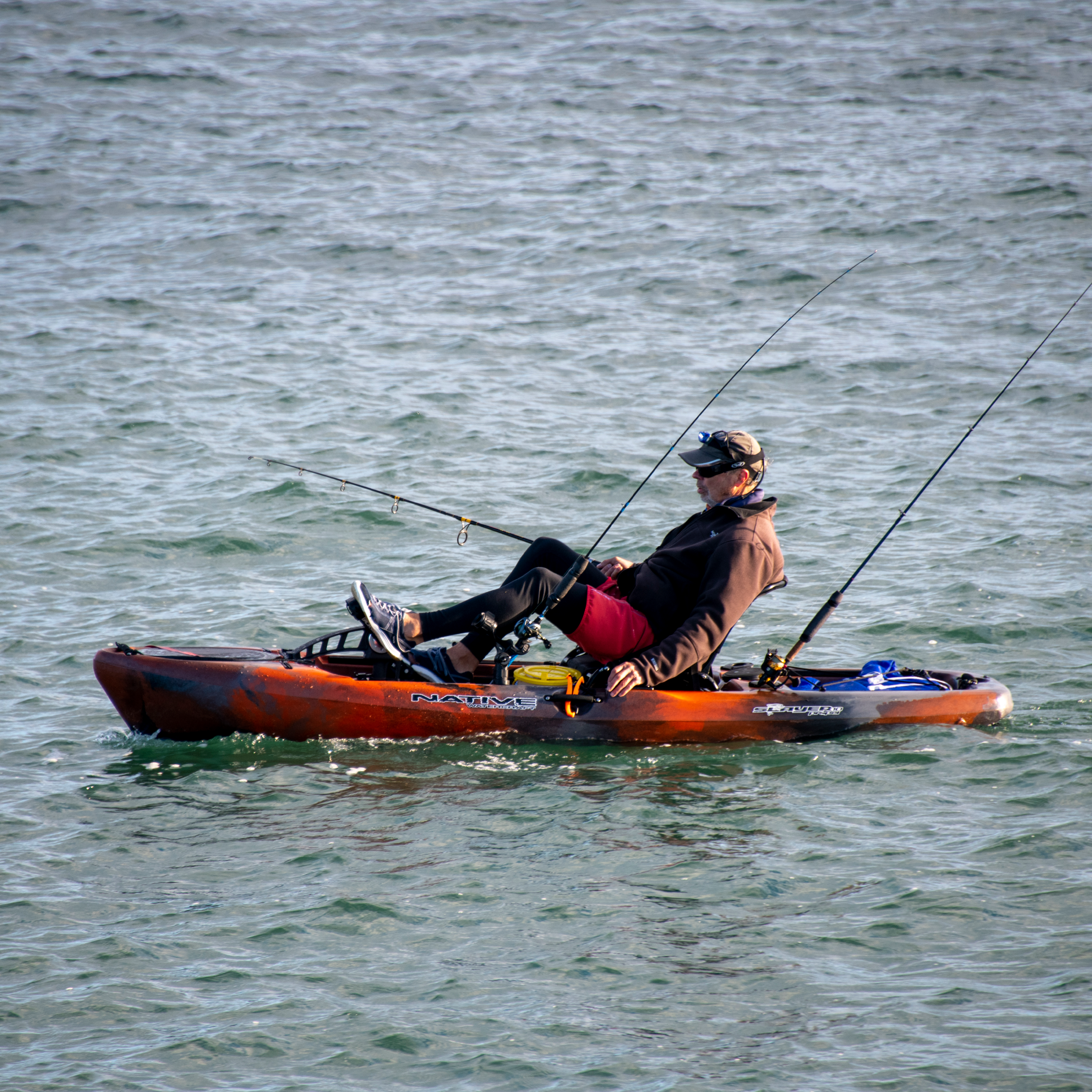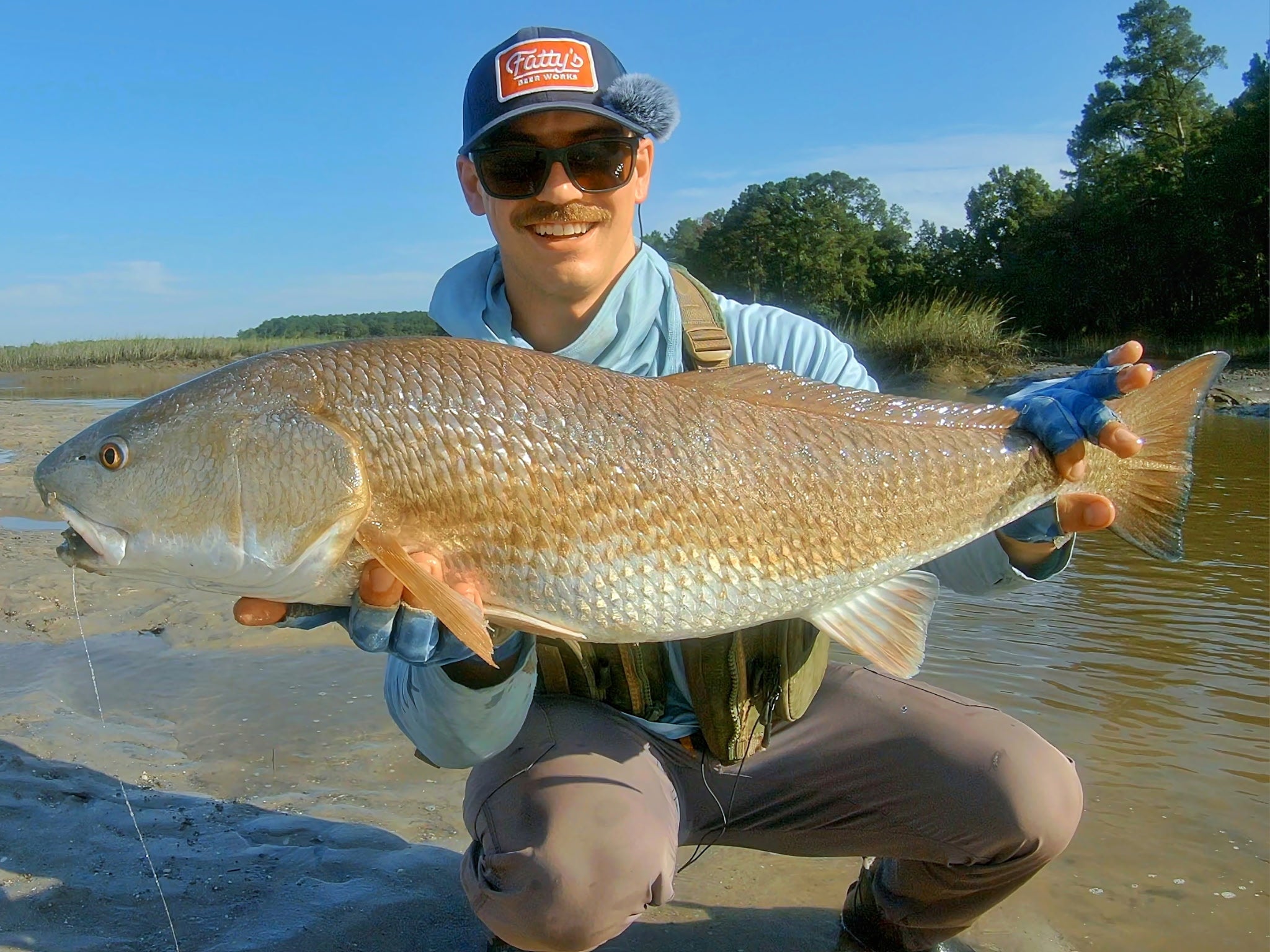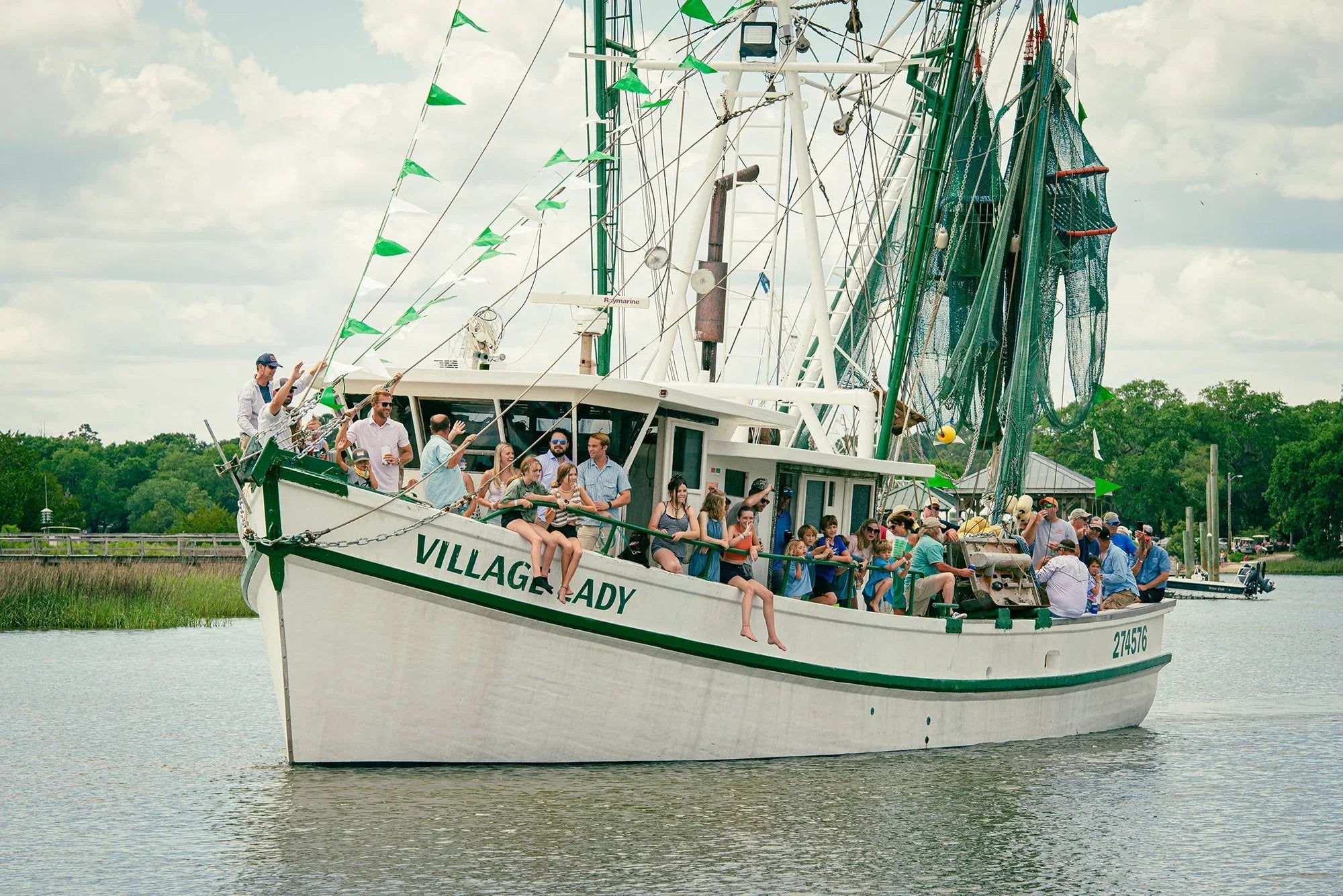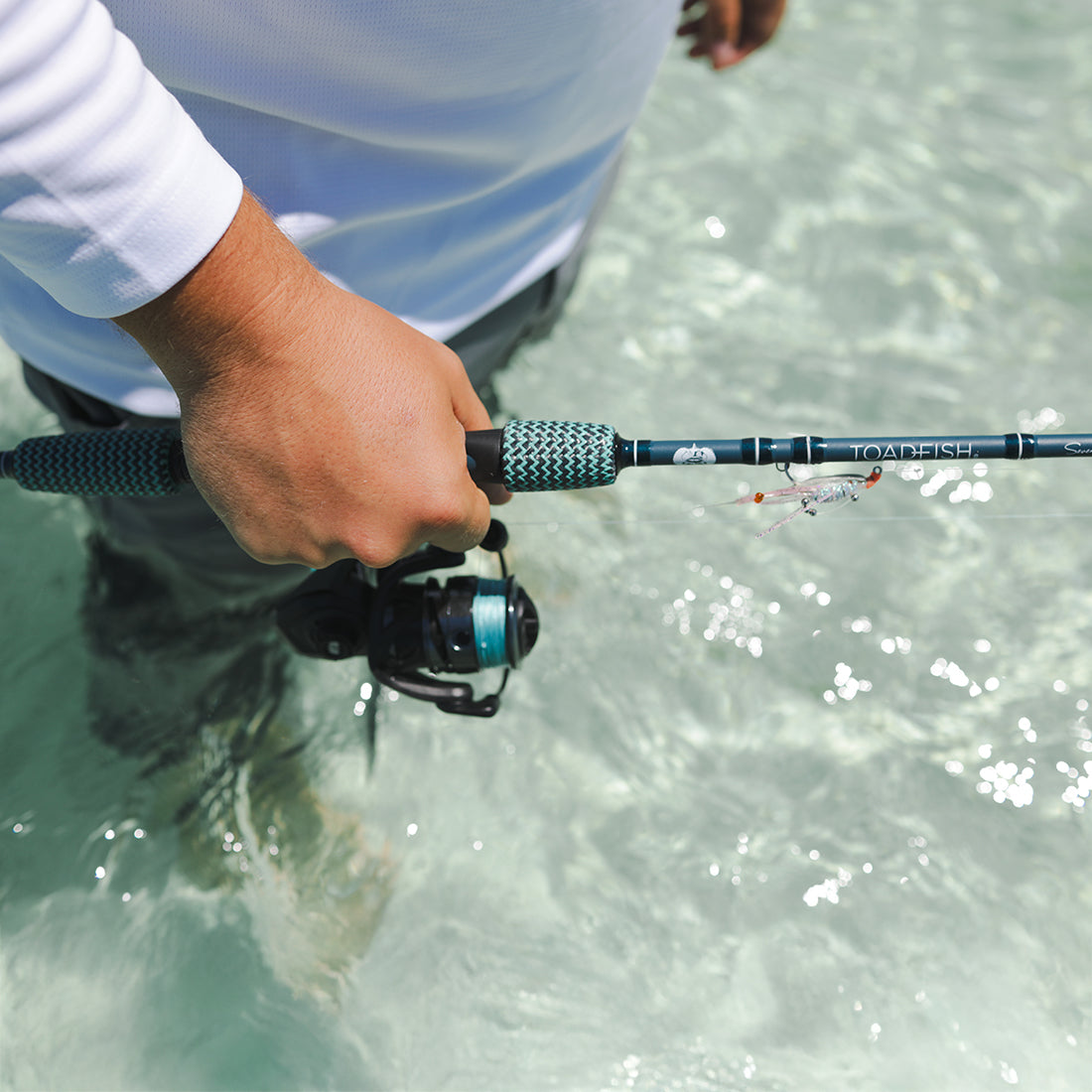How to Fish From a Kayak: The Basics
Kayak fishing is a great way to learn about your local waterways and catch fish in the process. Kayaks are an easy and convenient way to enjoy the sport of fishing without having to own a boat or a large fishing vessel. In most cases, kayaks are affordable and provide maximum portability. But before you can kayak fish successfully, you need to know a few basics. In this blog, we'll teach you everything you need to know about kayak fishing from start to finish. From choosing the right fishing kayak to casting techniques that will put fish in your net, you'll be fishing like a pro in no time!
Kayak Fishing for Beginners
Kayak fishing is a great way to get out and fish in your backyard or river. Kayaking is also a great way to stay fit and active, as fishing from a kayak is a relatively easy and low-impact activity. If you're new to kayak fishing, here are a few basics that will help make the experience more enjoyable.
1. Find the perfect kayak for fishing - there are many different types of kayaks for different types of water.
2. Make sure to equip yourself with the right gear - including a fishing rod and reel.
3. Get into the kayak and paddle out into the water. Once you're out there, cast your line out into the water and wait until you feel a bite - then reel in.
Fishing from a kayak is a great way to explore your surroundings and find new fishing spots.
Choosing a Fishing Kayak
When it comes to finding the perfect fishing kayak, it may be overwhelming. With many different hull design kayaks on the market, it can be tough to find the one that fits your style of fishing. There are two distinct types of kayaks: Sit-on-top and sit-in. Many anglers favor a sit-on-top (SOT) kayak. SOTs are more conducive to fishing. Many are solid enough to stand on, which is preferable to sitting for sight-fishing and underhanded throwing techniques. SOTs are also easier to outfit with fishing gear than other sit-in kayaks. Here are a few things to look for when choosing a fishing kayak:
- Elevated seat position for increased field of vision and all-day comfort
- Multiple rod holders
- Paddle holder
- Enclosed storage, also referred to as a dry hatch
- Deck storage with bungee to keep items secure
- GPS/fish finder mount for when you decide to add some gadgetry
- Retractable pedal power propeller (optional hands-free propulsion available on some fishing kayaks)
Helpful Accessories for Kayak Fishing
It is important for anglers to properly rig their kayaks so that when it comes time to fish, they have everything they need. Choosing the right paddle is almost as important as picking the right kayak. When shopping for paddles, aim for one that is long enough to reach the water comfortably but not so long that it becomes awkward. The suggested length is determined by a formula that takes into account your height, boat width, and paddling technique, but for most individuals, a reasonable starting point is approximately 8 feet. Here are a few accessories to consider:
- Keep tackle, pliers, a landing net, water, and other essentials close at hand. Lanyards are used to secure utensils in the kitchen to prevent them from being lost overboard.
- Install rod holders on a kayak for trolling and transporting extra combinations.
- Install a GPS/sonar device. It aids in the location of fish and enhances navigation. Mark the location of the launch.
- Bring an anchor in order to help stay put in strong currents.
Master The One Handed Paddle
Unless you invest in a pedal kayak, paddling will be the name of the game when it comes to kayak fishing. Proper paddling strokes will help you move efficiently through the water column towards your fishing destination. By paddling with the proper technique, you'll be able to reach your fishing spot quickly and save your energy for casting. Practice paddling with one arm only. If you can paddle with one arm, you can guide your kayak around obstructions or keep a huge fish from pulling you out into the river. Place the oar handle along your forearm and steer with your paddle.
Here are a few tips for navigating your kayak:
- Plan your journey ahead of time. If feasible, plan your journey in a circular or oval shape. This will save you from forgetting how far you've paddled and being exhausted on the way back.
- Maintain your head within the boat and your center of gravity in the kayak. The common rule of thumb is that your body will follow where your brain goes. Keep your head centered within the kayak to stay in it.
- Remember to keep near to the shore in windy weather or regions with heavier currents. Because kayaks have very little draft, you may travel towards the narrow water and maneuver much more easily.
Bring A Few Rods
It might be tough to keep track of what the fish are up to every day. Rather than wasting time switching lures, have a couple of rods strung up and ready to go. Kayak fishing requires rods in the seven-foot range. If you are new to the sport, a spinning reel will be easier to learn than a bait-casting reel. For inshore kayak fishing, we suggest bringing up to 3 rods, each rigged with the 3 most popular saltwater fishing setups.
Practice Casting From Kayak
Your first time casting from a kayak will most likely feel uncomfortable. The kayak will bounce about, leading you to assume it is unstable and about to flip. It may sound easier said than done, but you must remember to relax and trust the boat for its intended purpose. Initial and secondary stability are features of your kayak design. As you paddle, the boat will initially lay level in the water. When the boat leans, such as when you make a sudden maneuver, secondary stability arises. You must have faith in its steadiness.
Landing The Fish
You've hooked up a fish and now it's time to land it! That's generally when you discover landing a fish on a kayak is a bit tough. Everyone has been there. Reel until you have an arm span of line or less between the tip of your rod and the fish. Place the rod in the hand furthest away from the fish. Draw the rod across your body, away from, and slightly up from the fish, while preserving tension on the line. You did it!
Conclusion
Kayak fishing is a great way to explore beautiful waterways without having to worry about fishing gear. In this blog, we will cover the basics of kayak fishing, from choosing the right fishing kayak to casting techniques. We hope that you find this guide helpful and that you can start fishing from your kayak soon!








Share:
Quick & Easy Honey Garlic Shrimp Recipe
Dressed Mexican Cerveza Can Recipe